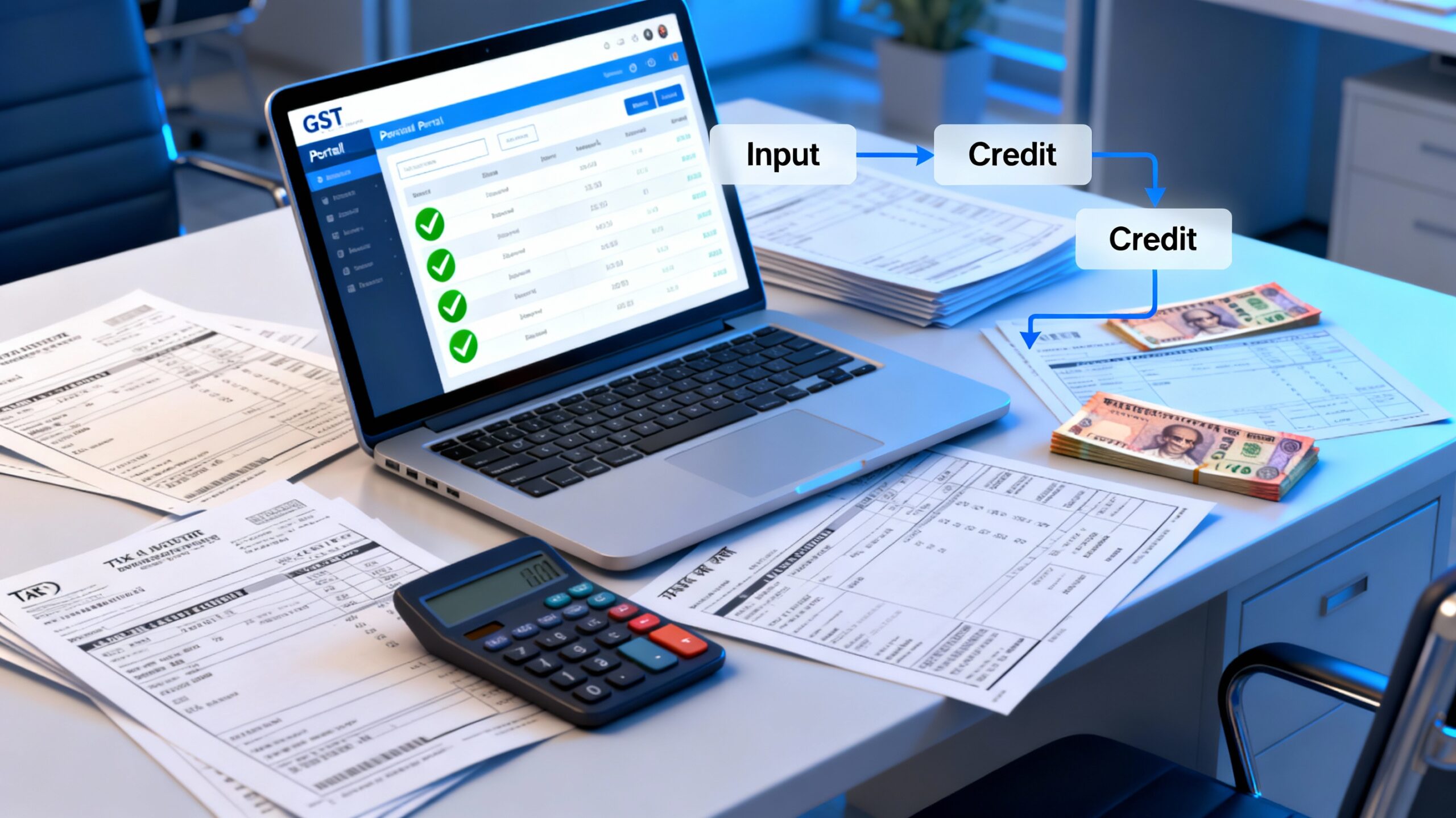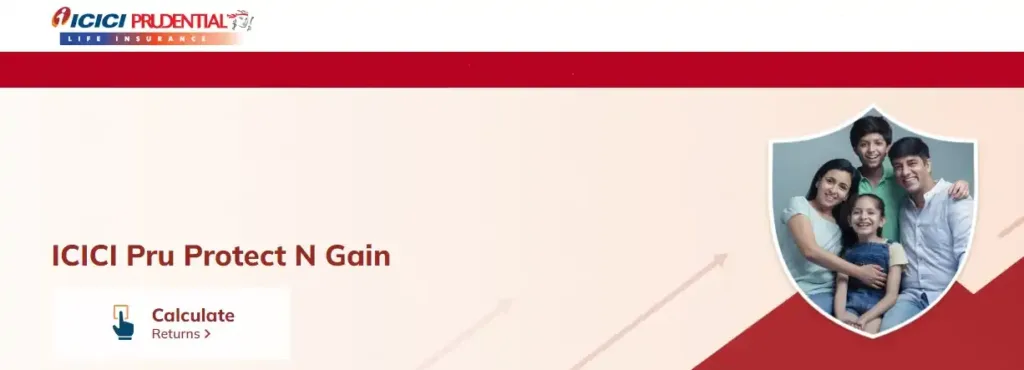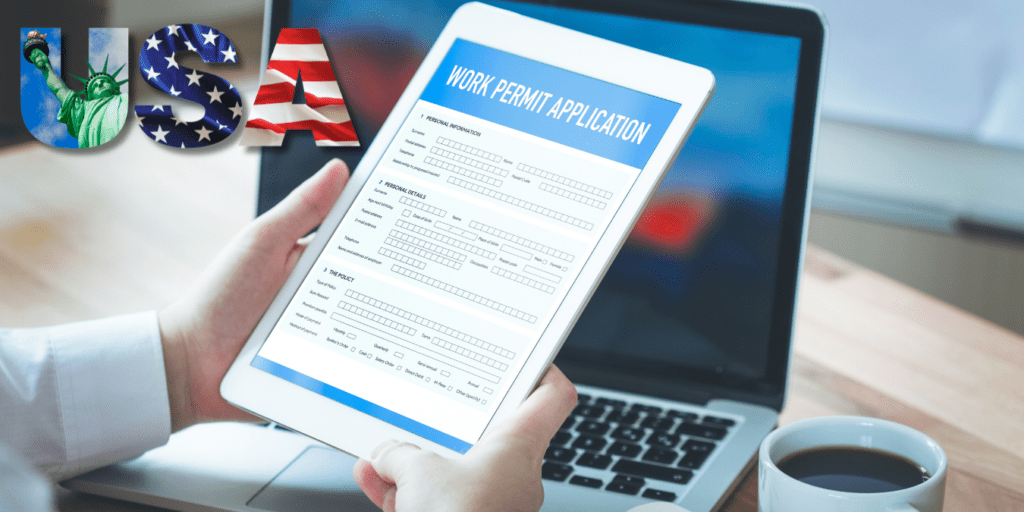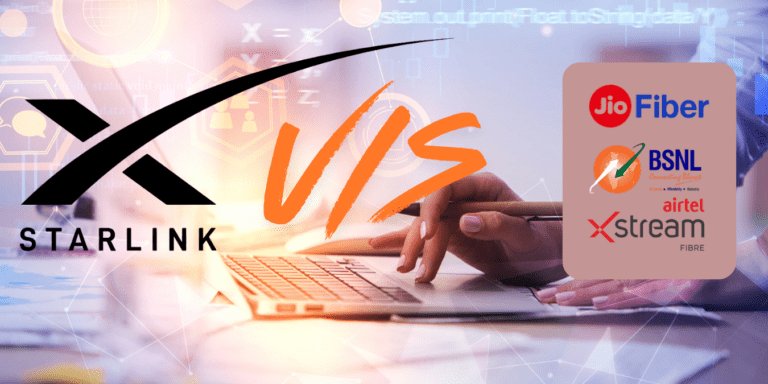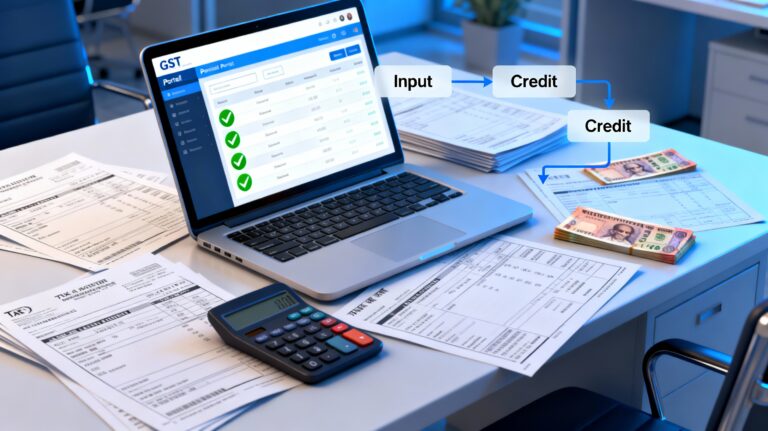
“Learn about EPFO PF withdrawal rules, limits, and eligibility for medical emergencies, education, marriage, and home purchase. Discover tax implications and step-by-step online withdrawal process. Plan your finances wisely with this detailed guide on accessing your PF savings hassle-free.”
The Employees’ Provident Fund Organisation (EPFO) is a statutory body under the Ministry of Labour and Employment in India. It plays a pivotal role in managing the provident fund (PF) accounts of employees in the organized sector. The EPFO ensures that employees have a financial safety net for their retirement by facilitating contributions from both employees and employers, which accumulate over time with interest. Understanding the rules and regulations surrounding PF withdrawals is crucial for employees to make informed financial decisions. This article provides a detailed overview of EPFO rules, focusing on how much money a PF account holder can withdraw at one time.
Introduction to EPFO
The Employees’ Provident Fund Organisation (EPFO) was established to provide social security to employees in India. Its primary objective is to ensure financial stability for employees post-retirement. Both employees and employers contribute a fixed percentage of the employee’s salary to the PF account. Over time, this corpus grows with interest, providing a substantial financial cushion. Employees can withdraw this accumulated amount either partially or fully, depending on specific conditions and purposes.
Types of PF Withdrawals
PF withdrawals can be broadly categorized into three types:
- Final Settlement: This refers to the complete withdrawal of the PF balance. It is typically done when an employee retires or leaves their job permanently.
- Partial Withdrawal: This allows employees to withdraw a portion of their PF balance for specific purposes such as medical emergencies, education, marriage, or home purchase.
- Pension Withdrawal Benefit: This pertains to the withdrawal of the pension component of the PF account, which is part of the Employee Pension Scheme (EPS).
Eligibility Criteria for PF Withdrawals
To withdraw from a PF account, certain eligibility criteria must be met:
- Retirement: Full withdrawal is permitted upon retirement at the age of 58 years.
- Unemployment: If an employee remains unemployed for more than one month, they can withdraw up to 75% of their PF balance. If the unemployment period extends to two months, the remaining 25% can also be withdrawn.
- Medical Emergencies: Partial withdrawals are allowed for medical treatments for the employee or their family members.
- Education and Marriage: Withdrawals are permitted for higher education or marriage expenses of the employee or their dependents.
- Home Purchase or Construction: Employees can withdraw funds to purchase or construct a house.
Withdrawal Limits and Conditions
The amount that can be withdrawn from a PF account depends on the purpose of the withdrawal. Below are the withdrawal limits and conditions for various scenarios:
- Medical Emergencies:
- Employees can withdraw up to six months of their basic wages and dearness allowance or the employee’s share with interest, whichever is lower.
- This withdrawal is allowed for the treatment of the employee or their family members.
- Education:
- Employees can withdraw up to 50% of their share with interest.
- This is permitted only after the employee has completed seven years of service.
- Marriage:
- Employees can withdraw up to 50% of their share with interest.
- Similar to education withdrawals, this is allowed only after seven years of service.
- Home Purchase or Construction:
- Employees can withdraw up to 36 months of their basic wages and dearness allowance or the total employee and employer share with interest, whichever is lower.
- This withdrawal is allowed for purchasing or constructing a house.
- Unemployment:
- If unemployed for more than one month, employees can withdraw up to 75% of their PF balance.
- If the unemployment period extends to two months, the remaining 25% can also be withdrawn.
Tax Implications of PF Withdrawals
PF withdrawals are subject to tax under certain conditions:
- Withdrawals Before Five Years of Service:
- If an employee withdraws their PF balance before completing five years of continuous service, the withdrawal is taxable.
- The taxable amount includes the employer’s contribution, the employee’s contribution (if claimed under Section 80C), and the interest earned on both.
- TDS on Withdrawals:
- Exemptions:
- Withdrawals made after five years of continuous service are tax-exempt.
- Withdrawals for specific purposes such as medical emergencies, education, or home loans are also tax-exempt.
How to Withdraw PF Online
Withdrawing PF online is a simple and hassle-free process through the EPFO portal. Here’s a step-by-step guide:
- Login to the EPFO Portal: Use your Universal Account Number (UAN) and password to log in.
- Verify KYC Details: Ensure that your KYC details (Aadhaar, PAN, bank account, etc.) are updated and verified.
- Select Claim Type: Choose the type of withdrawal (final settlement, partial withdrawal, or pension withdrawal).
- Provide Details: Enter the purpose and amount of withdrawal.
- Submit the Claim: Submit the claim form online. The claim status can be tracked through the portal.
Common Reasons for PF Withdrawals
Employees typically withdraw from their PF accounts for the following reasons:
- Medical Emergencies: To cover medical expenses for themselves or their family members.
- Education: To fund higher education for themselves or their children.
- Marriage: To cover marriage expenses for themselves or their dependents.
- Home Purchase or Construction: To buy or construct a house.
- Unemployment: To support themselves during periods of unemployment.
Understanding the EPFO rules and regulations regarding PF withdrawals is essential for employees to make informed financial decisions. Whether it’s for medical emergencies, education, marriage, or home purchase, knowing the eligibility criteria, withdrawal limits, and tax implications can help employees plan their finances better. By following the correct procedures, employees can ensure a smooth and hassle-free withdrawal process. The EPFO’s online portal has made the withdrawal process more accessible and transparent, enabling employees to manage their PF accounts efficiently.
In summary, the EPFO provides a robust framework for employees to access their PF funds when needed, ensuring financial security and stability throughout their lives. By adhering to the rules and leveraging the available facilities, employees can make the most of their PF savings.
-
Dalal Street Pulse: Sensex Holds 84k as Trump Tariffs Rattle Nifty 50 (Dec 11, 2025)
As Trump’s “Tariff Shock” rattles Dalal Street, smart money is quietly aggressively buying this ignored sector. We reveal the 10 “Bulletproof”
-
The Basmati Betrayal? What Really Sparked Trump’s “Rice Rage” And Why India Should Worry
Why did Donald Trump suddenly lash out at Indian rice exports just as global prices cooled and India
-
Why 2025’s GST Disputes Could Wipe Out Your Profits Overnight—But One Court Ruling Might Just Save You
Shocked by GST’s ITC nightmare? In 2025, ₹1.79 lakh crore frauds trap honest businesses in liquidity hell—supplier defaults


